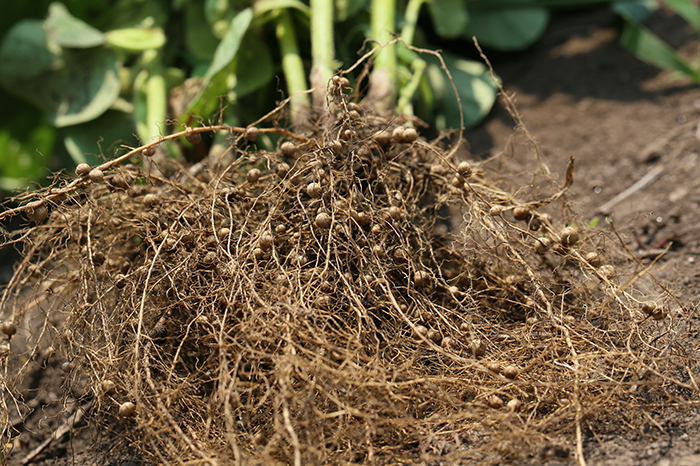Going Down
As any mountain climber will tell you, there’s only one direction to move once you’ve reached the top — down. In 2008, many market analysts predict that the fertilizer industry will experience just such a return-to-Earth kind of year.
In many ways, 2007 was an unprecedented year in the annals of crop inputs. Although market insiders anticipated that growers chasing the ethanol boom would plant more corn than in 2006, early forecasters thought 83 million acres would be the target number. In reality, growers planted more than 93 million acres.
As the most intensive fertilizer crop, this much more corn translated into some incredibly huge numbers for fertilizer across the board — both in terms of dollars generated and demand. In fact, according to data collected in our annual CropLife 100 survey of ag retailers, fertilizer sales in 2007 topped $6.7 billion, an increase of 13.6% compared with the figures from the 2006 survey. At 46%, fertilizer now accounts for almost half of all crop input sales among CropLife 100 dealerships.
On the demand side of things, nitrogen-based (N) fertilizers remained the largest beneficiary of the increase in planted corn acres. In 2007, says Andrew Prince, principal consultant, nitrogen for British Sulphur Consultants, demand for N products grew 3.5%, from 11.3 million tons to 11.7 million tons. Of this total, 5.6 million tons ended up being used on corn, with wheat usage a distant second at 1.5 million tons. On a state-by-state basis, Iowa led the nation, using 1 million tons of N, with Illinois a close second at 0.9 million tons. Rounding out the top five states in N usage were California, Texas, and Nebraska at 0.7 million tons each.
Not surprisingly, a large percentage of N products being used in the U.S. came from foreign markets. In 2007, says Prince, 70% of solid urea (46% N) was imported into this country (5.6 million tons), along with 45% of ammonia (7.6 million tons), and 29% of ammonium nitrate (1 million tons). Overall, 57% of N fertilizers used in the U.S. came from foreign markets, a slight decline of 2% from the 2006 totals.
Regarding the outlook for 2008, Prince believes corn acreage will decline 5.6 million acres to 88 million acres. “As a result, N consumption for corn will drop by 0.3 million tons,” he says. “However, wheat acreage is expected to rise by 4.4 million acres on the back of rising prices. N consumption for wheat will rise by 0.1 million tons.”
As a by-product of these crop mix changes, overall N fertilizer consumption in 2008 is predicted to decline 0.3 million tons to 11.4 million tons. Expected to increase, however, are N prices. For example, early market forecasts have the price for anhydrous ammonia increasing 20% this year to approximately $500 per ton.
A Big Comeback
If there was a comeback kid among the three macronutrients in 2007, it was phosphate (P). From a high-water mark of 4.8 million tons used in 2004, P consumption has dropped steadily the past two seasons. In 2006, only 4.4 million tons of P were applied by U.S. growers — the lowest total since 2003.
But this all changed in 2007. According to Michael Rahm, vice president of market analysis and strategic planning for The Mosaic Co., the nation’s P usage increased 9% to 4.8 million tons. “This increase was due to the large increase in corn acreage and a recovery in application rates,” says Rahm.
Unfortunately, this increase isn’t expected to carry over into 2008, he adds. “U.S. demand is forecast to stay flat in 2007/08 due to a switch in acreage from corn to soybeans and wheat, and remain stable to slightly higher application rates,” says Rahm.
As for the final macronutrient, potash (K), 2007 was also a great year. According to Rahm, U.S. consumption increased from 5.6 million tons in 2006 to 6.8 million tons in 2007. Again, as with N and P consumption, more corn acreage coupled with overall higher crop prices convinced many growers to invest in more K to help boost their crop yields.
In the coming year, K consumption is expected to follow a similar path as N in terms of usage. According to Harry Vroomen, vice president of economic services for The Fertilizer Institute, K consumption is expected to fall to approximately 6 million tons in 2008. “All nutrient markets will be tight until 2009 as demand has expanded more rapidly than was expected a few years ago,” says Vroomen. “Because of a shift towards more balanced fertilizer use, no significant K surplus will develop before 2011 at the earliest.”






